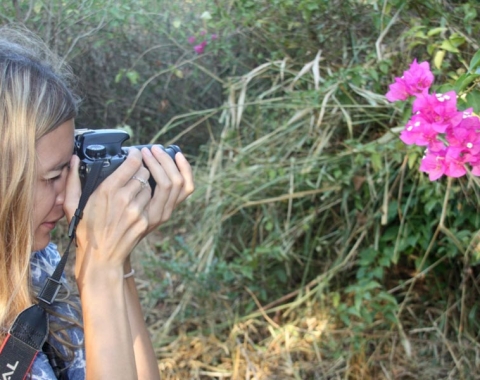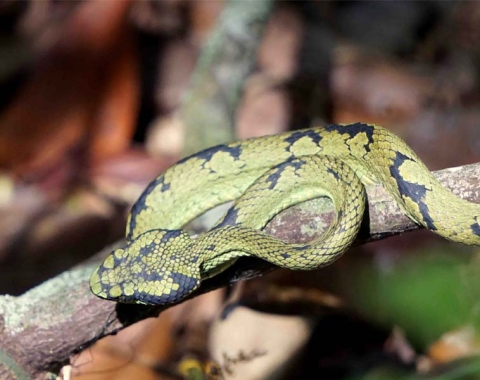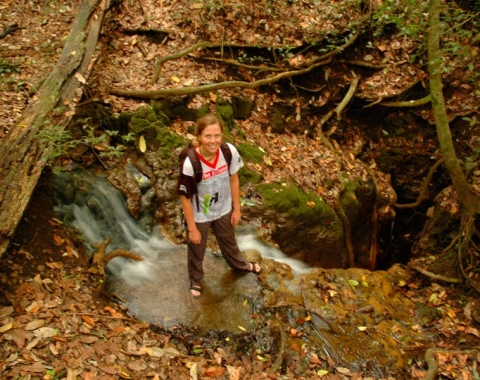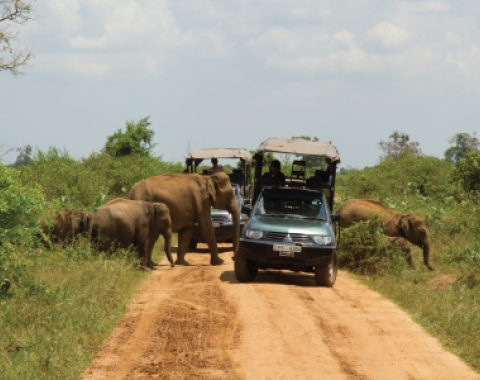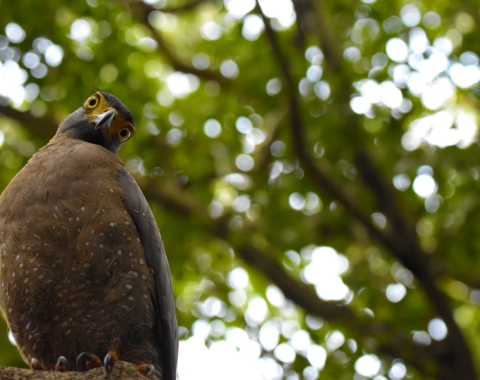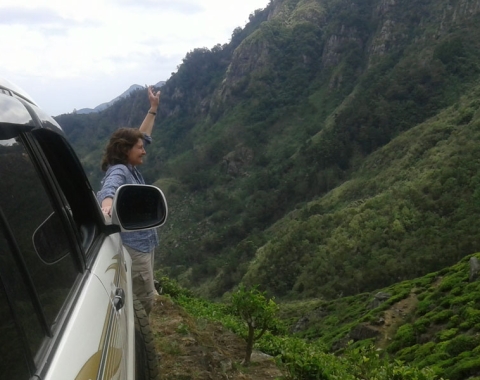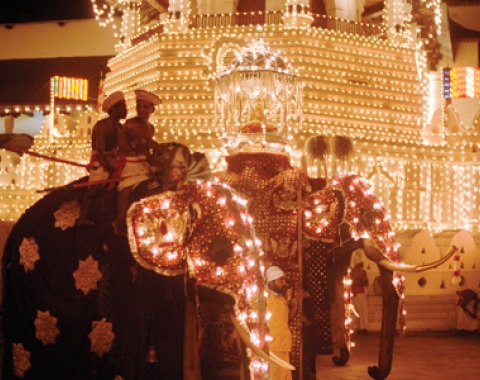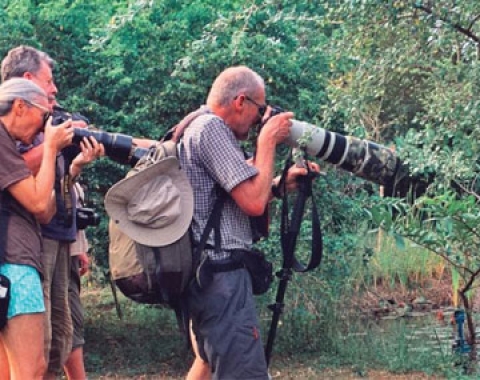Covering an area of over 130,000 hectares, Wilpattu is the largest national park in Sri Lanka. The park has got its name from the tens of floodplain lakes, called 'villus' in Sinhala, and has an astonishing diversity of flora and fauna.
It is home to over 30 mammal species, including leopard, sloth bear, Sri Lankan elephant and spotted deer. Also, various wetland bird species such as the pin tail, whistling teal spoonbill, and white ibis can be found in the serene landscapes Wilpattu.
Originally, Wilpattu was declared as a wildlife sanctuary in 1905 and designated a National Park in 1938. Before the Civil War, it was one of the most popular parks in Sri Lanka, but in 1985 it was shut down following an attack on its wardens by LTTE cadres. The park was reopened in 2010 and started welcoming visitors again.
Situated in the dry zone, the average temperature in Wilpattu National Park is around 27 Celsius and the mean annual rainfall is approximately 1000 mm. However, the park with its dense forests and glimmering little lakes, feels all but dry. This is due to rainfall patterns and the 2 monsoons this region receives. The rainiest time of the year is from September to December the north-eastern monsoon falls on Wilpattu, and the inter-monsoon season is between March and April. The period of drought extends from May to early September.

